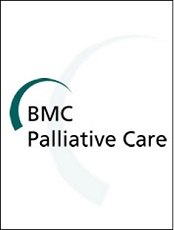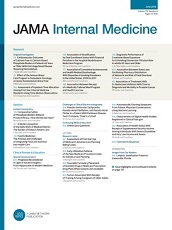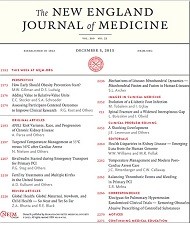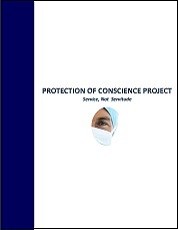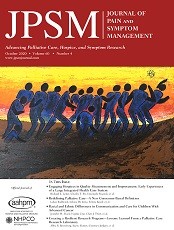M Cholbi
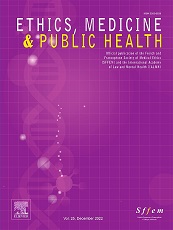
Abstract
Advocates of a right to die increasingly assert that the right in question is a positive right (a right to assistance in dying) and that the right in question is held against physicians or the medical community. Physician organizations often reply that these claims to a positive right to die should be rejected on the grounds that medicine’s aims or “internal” norms preclude physicians from killing patients or assisting their patients in killing themselves. The aim of this article is to rebut this reply. Rather than casting doubt on whether assisted dying is consistent with medicine’s “internal” norms, I draw attention to the socioeconomic contexts in which contemporary medicine is practiced. Specifically, contemporary medicine typically functions as a public cartel, one implication of which is that physicians enjoy a monopoly on the most desirable life-ending technologies (fast acting lethal sedatives, etc). While there may be defensible public health reasons for medicine functioning as a cartel and having this monopoly on desirable life-ending technologies, Rawlsian contract-based reasoning illustrates that the status of medicine as a cartel cannot be reconciled with its denying the public access to supervised use of desirable life-ending technologies. The ability to die in ways that reflect one’s conception of the good is arguably a primary social good, a good that individuals have reasons to want, whatever else they may want. Individuals behind Rawls’ veil of ignorance, unaware of their health status, values, etc, will thus reason that they may well have a reasonable desire for the life-ending technologies the medical cartel currently monopolizes. They thus have reasons to endorse a positive right to physician assistance in dying. On the assumption that access to desirable life-ending technologies will be controlled by the medical community, a just society does not permit that community to deny patients access to these technologies by an appeal to medicine’s putative “internal” aims or norms. The most natural response to my Rawlsian argument is to suggest that it only shows that individuals have a positive right against the medical community to access life-ending technologies but not a right to access such technologies from individual physicians. Individual physicians could still refuse to provide such technologies as a matter of moral conscience. Such claims of conscience should be rejected, however. A first difficulty with this proposal is that it is in principle possible for a sufficiently large number of individuals within a profession to invoke claims of conscience so as to materially hinder individuals from exercising their positive right to die, as appears to be the case in several jurisdictions with respect to abortion and other reproductive health treatments. Second, unlike conscientious objectors to military service, physicians who conscientiously object to providing assistance in dying would not be subject to fundamental deprivations of rights if they refused to provide assistance. Physicians who deny patients access to these technologies use their monopoly position in the service of a kind of moral paternalism, hoarding a public resource with which they have been entrusted so as to promote their own conception of the good over that of their patients.
Cholbi M. The right to die and the medical cartel. Ethics Med Pub Health. 2015 Nov 19;1(4):486-493.
